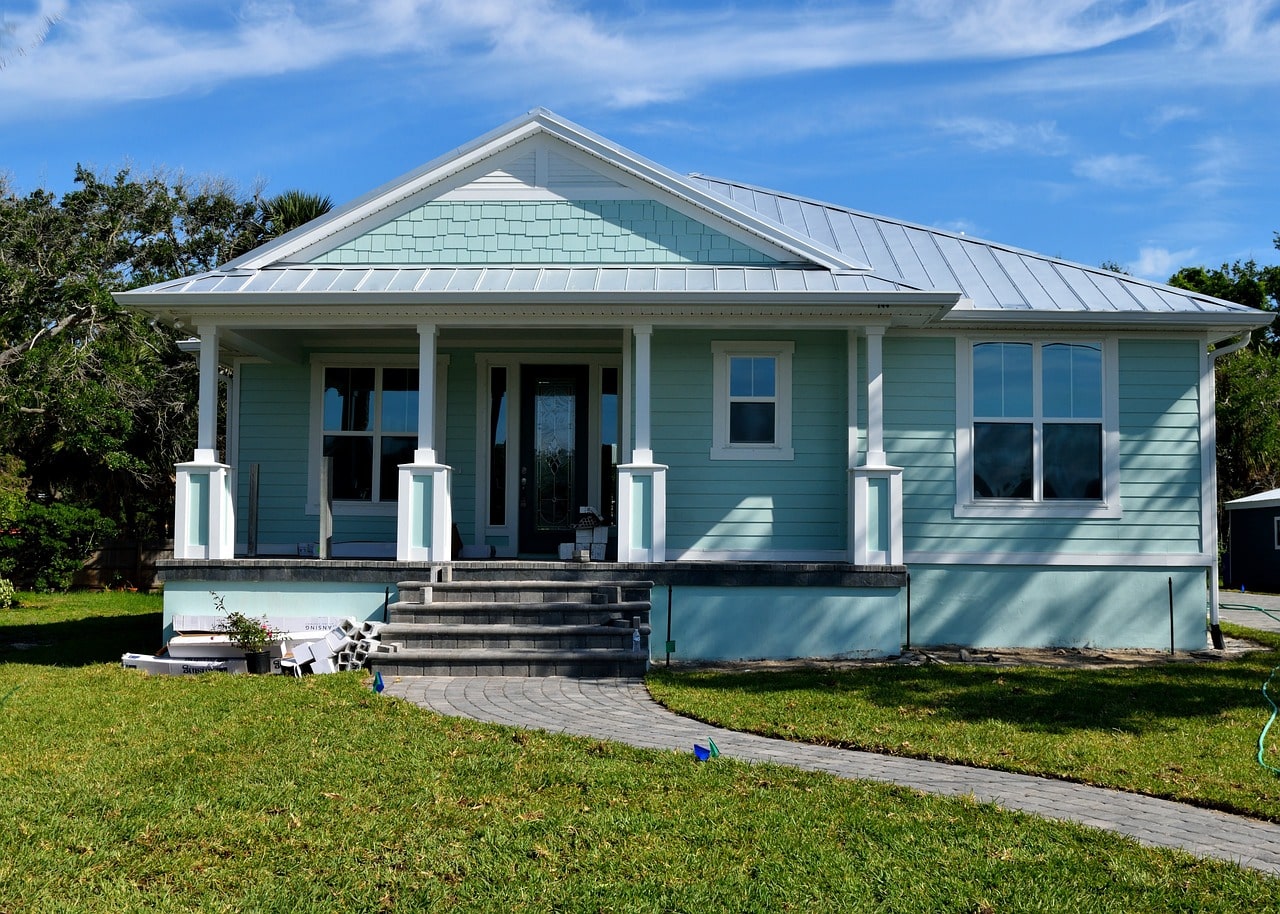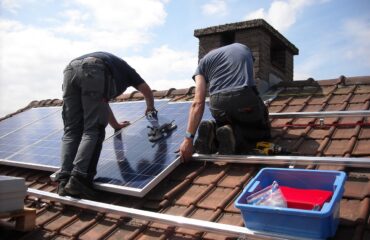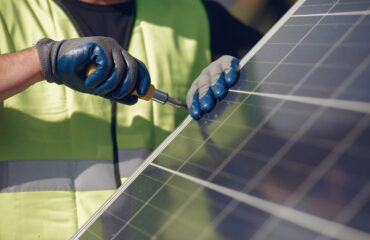Are you considering a new roof for your home? Look no further! In this article, our Austin roofers will explain the most common roof types available to you.
From durable asphalt shingles to sleek metal roofs and classic clay tiles to rustic wood shakes, we’ve got you covered. Get ready to learn about the pros and cons of each option so you can make an informed decision and find the perfect roof for your home.
Asphalt Shingles
When choosing a common roof type, consider using asphalt shingles for their durability and affordability.
Asphalt shingles are favored by homeowners for various reasons. To begin with, they are renowned for their resilience, capable of withstanding severe weather conditions, including heavy rainfall, strong winds, and even hail.
Furthermore, asphalt shingles are comparatively straightforward to install, ensuring a swift and efficient installation process. However, it is essential to note that there are also some disadvantages to using asphalt shingles.
One of the main drawbacks is their relatively short lifespan compared to other roofing materials.
Additionally, asphalt shingles can be prone to algae and moss growth, which can affect their appearance and require regular maintenance.
Overall, asphalt shingles offer a cost-effective roofing option with a straightforward installation process, but homeowners should be aware of their limitations and maintenance requirements.
Metal Roofs
Consider metal roofs for their durability and long lifespan. There are several reasons why metal roofs have become a popular choice for homeowners. Here are a few pros and cons to keep in mind:
– Pros:
- Resilience: Metal roofs excel in enduring severe weather conditions, including hail, strong winds, and heavy snow.
- Extended Lifespan: Metal roofs boast a lifespan of 50 years or more, presenting a financially prudent choice over time.
- Energy-Efficient: Metal roofs have the capacity to reflect heat, diminishing the reliance on air conditioning and resulting in reduced energy costs. Metal roofs are also very durable and provide a secure base for solar panel installation.
- Minimal Upkeep: Metal roofs demand minimal maintenance, offering time and cost savings.
– Cons:
- Higher initial cost: Metal roofs tend to be more expensive than other roofing materials upfront.
- Noise: During heavy rain or hailstorms, metal roofs can be louder than other roofing materials.
- Installation process: Metal roof installation can be complex and requires professional expertise to ensure proper installation and sealing.
- Expansion and contraction: Metal roofs can expand and contract with temperature changes, potentially causing noise or loosening of fasteners.
Clay Tiles
If you’re looking for a roofing option that combines durability and aesthetic appeal, clay tiles are worth considering.
Clay tiles have been used for centuries and are known for their timeless beauty and long lifespan. Clay tiles offer exceptional durability as a primary advantage.
They exhibit resistance to fire materials, decay, and insect harm, establishing them as a valuable investment for your home.
Additionally, clay tiles can withstand extreme weather conditions, including strong winds and heavy rains.
However, to ensure their longevity, it is crucial to perform regular maintenance on clay tiles. This includes checking for any cracks or damage, cleaning the tiles to remove dirt and debris, and replacing any broken tiles promptly.
By adhering to these maintenance guidelines, you can relish the advantages of clay tiles for many years into the future.
Wood Shakes
Wood shakes are another popular roofing option that offers both natural beauty and durability. They are made from split logs and have a rustic charm that can enhance the overall aesthetics of your home.
Here are some benefits of wood shakes:
– Natural Insulation: Wood shakes have natural insulating properties, which can help regulate the temperature inside your home and reduce energy consumption.
– Extended Lifespan: With appropriate upkeep, wood shakes can endure for numerous decades, rendering them a financially prudent choice over the long term.
– Enhanced Curb Appeal: The unique texture and warm color of wood shakes can significantly enhance the curb appeal of your home, adding value to your property.
– Ecologically Responsible: As wood is a renewable resource, opting for wood shakes reflects the environmentally conscious choice for homeowners.
The installation process for wood shakes involves several steps:
- The old roof is taken off, and the deck underneath is carefully examined for any signs of damage.
- Underlayment is installed to provide an extra layer of protection.
- The shakes are carefully laid in a staggered pattern and nailed down.
- The shakes are treated with a protective coating to extend their lifespan.
It is important to hire an experienced professional roofer to install wood shakes properly.
Flat Roofing
Flat roofs have a distinct design that sets them apart from sloped roofs. They are characterized by their horizontal or nearly horizontal surface. While not as common in residential settings as sloped roofs, flat roofs have gained popularity for various reasons.





